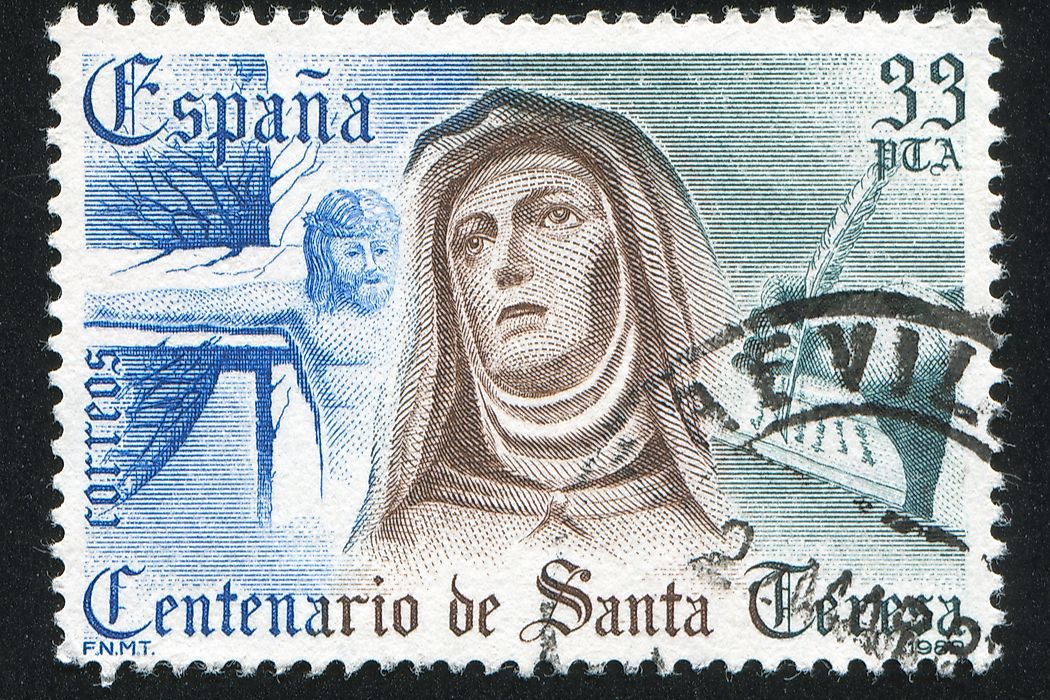St Teresa of Avila - Famous Figures in History

St Teresa of Avila is a famous figure in history. She was also known as Saint Teresa of Jesus. St Teresa of Avila was a very prominent saint of the Spanish Roman Catholic Church. She was one of the major figures during the Catholic Reformation. It was a period where the Catholics started a response to counter the Protestant Reformation which happened during the middle of the 16th century. St Teresa was also an author and a mystic. She became a patron of Spanish Catholic writers and Headache sufferers. Her parents were religious and therefore strict while raising her up. St Teresa was very fascinated by the lives of saints. At the age of seven, she ran away from home to seek martyrdom. However, she was brought back home, but her quest for spiritual knowledge did not stop. Her devotion towards God intensified when she lost her mother. Virgin Mary was her source of comfort. She joined Carmelite Monastery in Avila and later became a nun.
Early Life
St Teresa of Avila was in Avila on 28th March 1515.Her original name was Teresa de Cepeda y Ahumada. She lost her mother in 1529, and her father strongly opposed her religious activities. Within two years after entry to Carmelite Convent, her health started to deteriorate. Her health status made her invalid for three years making her develop a love for mental prayers. Interestingly, she stopped praying after she recovered. After several years in a battle between divine spirit and worldly spirit, she experienced a religious awakening in the year 1555. In 1558, Teresa started to consider restoration of the life that she was living in Carmelite. This life focused on observation of austerity. Some of the requirements for her to restore this kind of life were utter withdrawal and meditation of divine law. A prayerful life of penance was of importance at this stage. Pope Pius IV granted her authority to open the first convent of the Carmelite Reform. However, she received too much hostility from religious personages and the municipal. John Baptist Rossi approved the reform in 1567. John Baptist Rossi was a Carmelite prior general that came from Rome.
Later Life
The environment that Teresa operated in was not very conducive in her pursuits. Her place was crowded with too many visitors and the nuns that she worked with lacked harmony. These situations made Teresa not to concentrate in her prayers and made her feel bad since the convent did not assist her in her spiritual journey. Franciscan priest Saint Peter of Alcantara acquainted her in 1560. Saint Peter became her counselor and spiritual guide. She now had courage and determination to form a reformed Carmelite convent. Teresa got financial assistant from Guimara de Ulloa. She also made efforts towards making the Jewish converts to follow Christianity. She established a monastery in 1562. However, in the beginning, the monastery faced challenges such as poverty and financial issues, but she later stabilized it. Later, Teresa was able to establish several reform covenants in places such as Salamanca, Pastrana, and Medina del Campo. In 1970, Pope Paul VI elevated St Teresa as the first woman doctor of the church.











